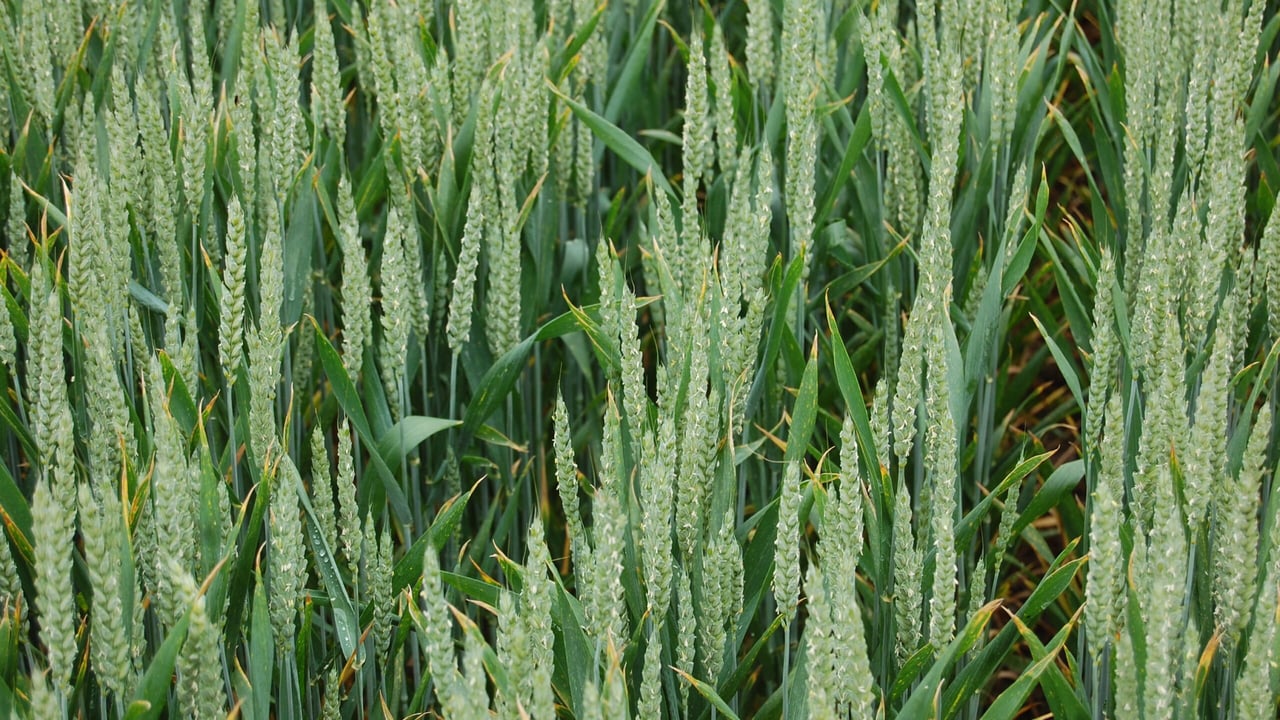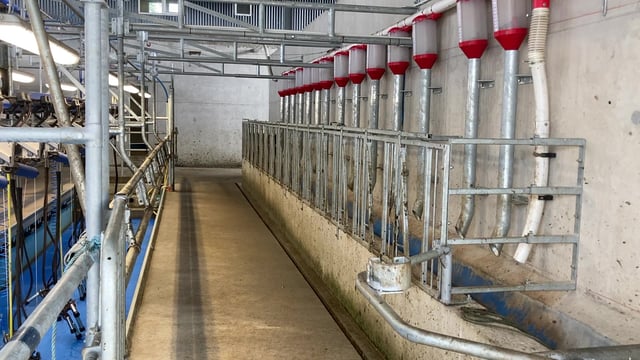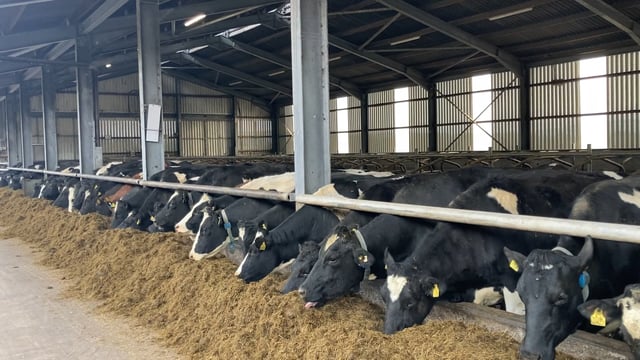Crop management update: winter cereals
Agronomists around the country are confirming that crops of winter cereals - wheat, barley and oats - continue to look well.
A number of key management decisions will be taken over the coming days to ensure this remains the case.
Winter cereals - wheat
Yellow rust was problematic for many growers in April. But septoria will be the priority at the flag leaf timing on winter wheat.
Accurate timing and alternation of products from the leaf 3 applications are crucial to the management of septoria.
A fully emerged leaf 1 (flag leaf) and leaf 3 (T1) are the key timings. Research has shown that +/- seven days of a fully emerged flag leaf can make a significant difference in high disease pressure situations.
Folpet should be the first product into the tank. As a multi-site fungicide, it not only helps with disease control but also plays a key role in slowing fungicide resistance.
It is important to alternate fungicides to protect their effectiveness.
if Revystar or Ascra Xpro was used at the leaf 3 timing, then growers should switch to an Inatreq-based product at the leaf 1 timing.
Or, if Inatreq was used at at the leaf 3 timing, then it is a case of using a different product such as Revystar or Ascra Xpro for the flag leaf application.
It is important to note that Inatreq-based products (Univoq, Aquino, Peacoq, Questar, Jessico One) can only be used once per crop - this is a legal requirement.
Winter cereals - barley
The latest stage to safely use a plant growth regulator (PGR) is the 'awns peeping' stage. Terpal 1.2-1.5L/ha or Cerone 0.6-0.7L/ha are options. But growers should watch the latest timing.
The final fungicide on winter barley needs to be timed at the 'awns emerging' stage. It should consist of an azole plus an SDHI/strob and 1.5L/ha of Folpet to assist in the control of ramularia.
Teagasc experiments on the control of ramularia show that the best timing comes between growth stage (GS) 45 (boots swollen) and GS49 (first awns visible).
An application of Folpet at GS59 (ear emergence complete) did not contribute to control. Revystar, Macfare Xpro, Folpet and prothioconazole-based products give some control of ramularia in Teagasc experiments when applied before heading of barley.
Dry weather is expected for the next 10 days across the country. This will allow all field work requirements to be met in a timely fashion.
However, the need for rain to maintain crop growth rates is now becoming an issue for an increasing number of tillage farmers.





